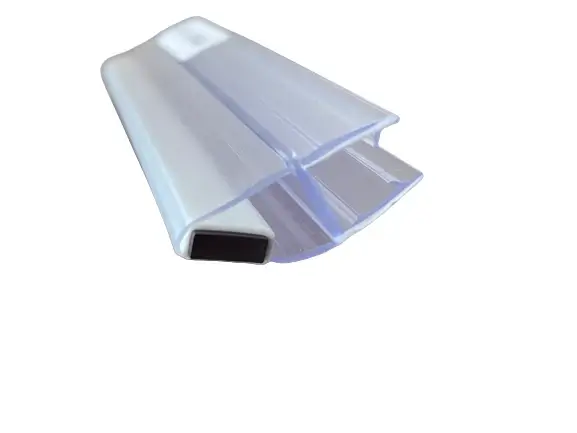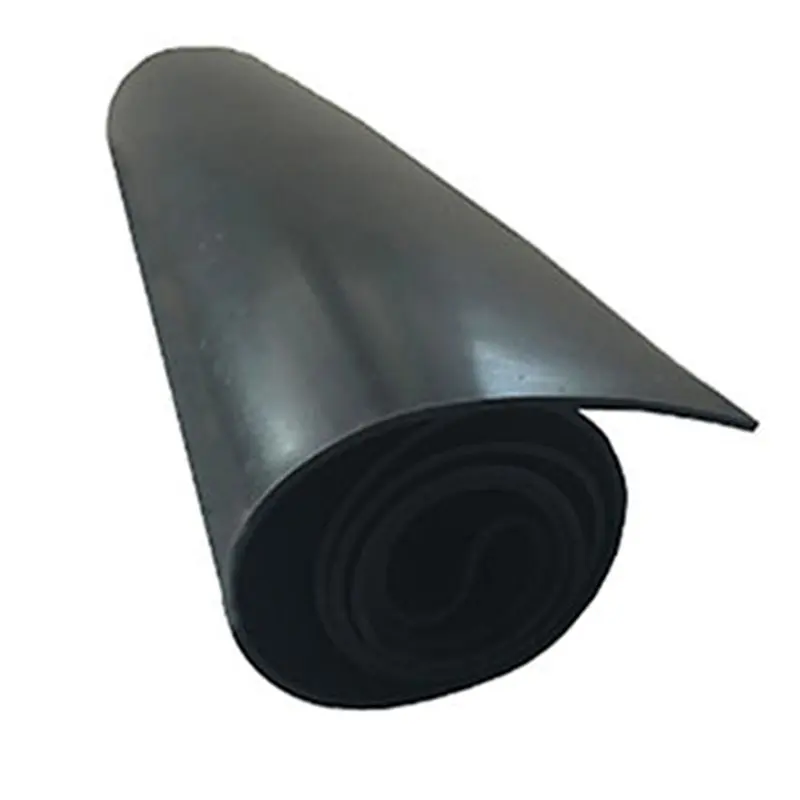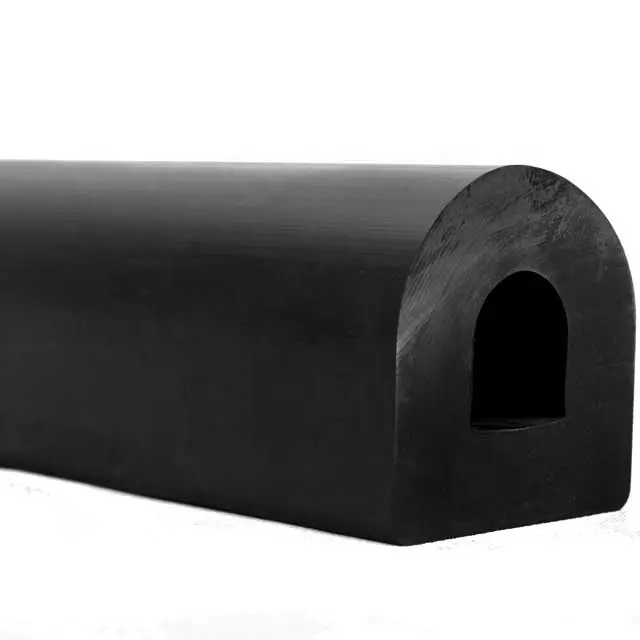Oct . 31, 2024 15:15 Back to list
Effective Solutions for Sealing Garage Doors with Gaskets for Energy Efficiency
Understanding Garage Door Gaskets A Comprehensive Guide
A garage door gasket is an essential component that plays a significant role in maintaining the functionality and efficiency of your garage door. Often overlooked, this small, yet vital piece of weatherproofing material acts as a barrier between your garage door and the outside environment, ensuring that your garage remains secure and insulated.
What is a Garage Door Gasket?
A garage door gasket is typically made from rubber or vinyl and is installed along the bottom edge of a garage door. Its primary purpose is to seal the gap between the door and the ground, preventing drafts, water, and pests from entering the garage. By creating this seal, the gasket helps to maintain a stable temperature inside the garage, making it more energy-efficient and protecting your belongings from damage caused by moisture and temperature fluctuations.
Benefits of Installing a Garage Door Gasket
1. Weatherproofing A properly installed garage door gasket helps keep rain, snow, and wind from entering your garage. This is particularly important in areas prone to harsh weather conditions.
2. Energy Efficiency By sealing gaps, a garage door gasket can reduce energy costs. It helps maintain the internal temperature, which can be especially beneficial if your garage is connected to your home or if you use it as a workspace.
3. Pest Prevention Gaps under your garage door can provide easy access for rodents and insects. A well-fitted gasket helps to deter these unwanted visitors, making your garage a more secure environment for your possessions.
garage door gasket

4. Noise Reduction The gasket can also help reduce noise from outside, providing a quieter working or recreational space inside your garage.
Installing a Garage Door Gasket
Installing a garage door gasket is a straightforward process that can be done with minimal tools. First, clean the area where the gasket will be installed to ensure a good seal. Measure the width of the garage door to determine the length of the gasket needed, then cut it to size if necessary.
Next, peel off the adhesive backing (if applicable) and press the gasket firmly against the bottom of the door. Ensure it is aligned properly to avoid any gaps. For added security, some homeowners may choose to use screws or nails to keep the gasket in place, especially in areas with extreme weather.
Maintenance Tips
To ensure that your garage door gasket remains effective, periodically inspect it for signs of wear and tear, such as cracks or degradation. Cleaning the gasket with mild soap and water can help maintain its flexibility and longevity.
Conclusion
In conclusion, a garage door gasket is a simple yet effective solution to enhance the protection and efficiency of your garage space. By investing in a quality gasket and ensuring it is properly installed and maintained, homeowners can enjoy a more secure, energy-efficient, and comfortable garage environment.




